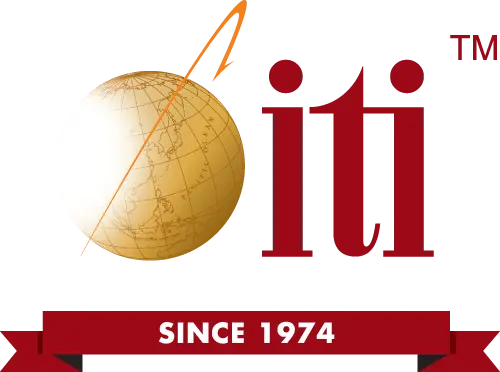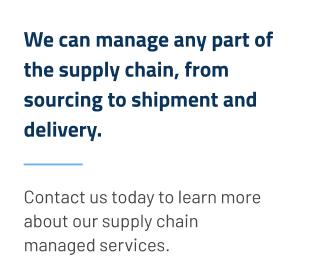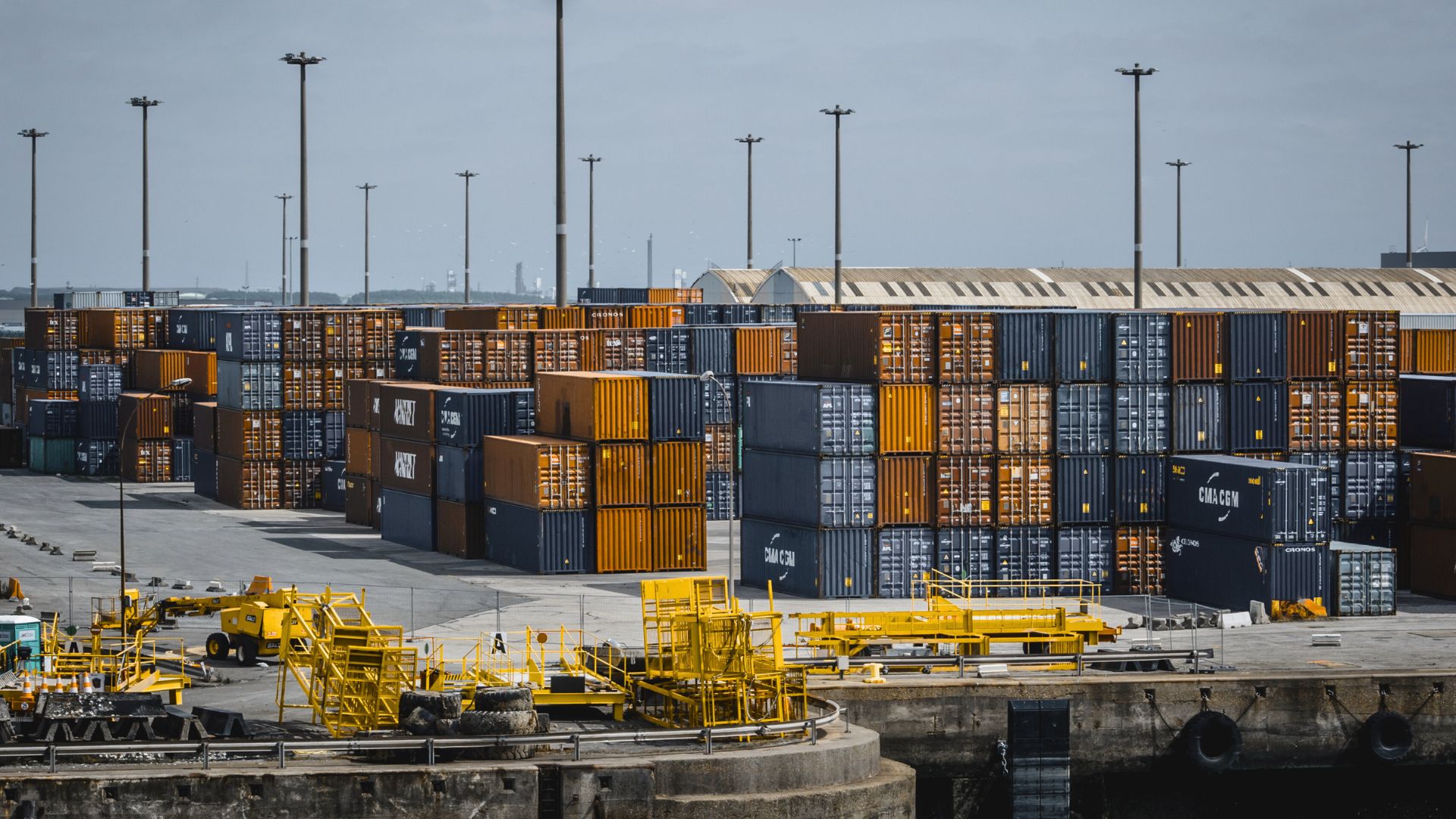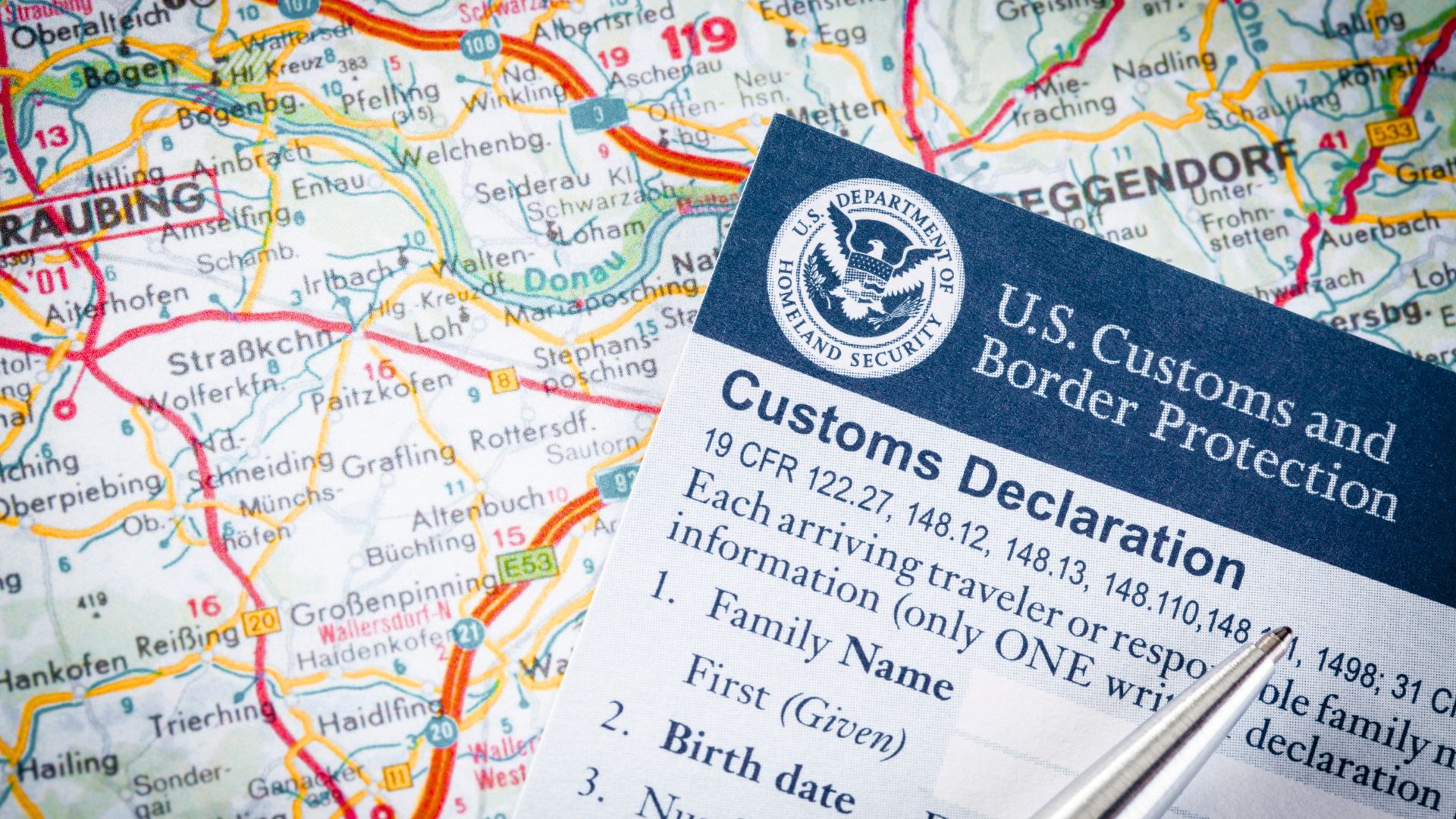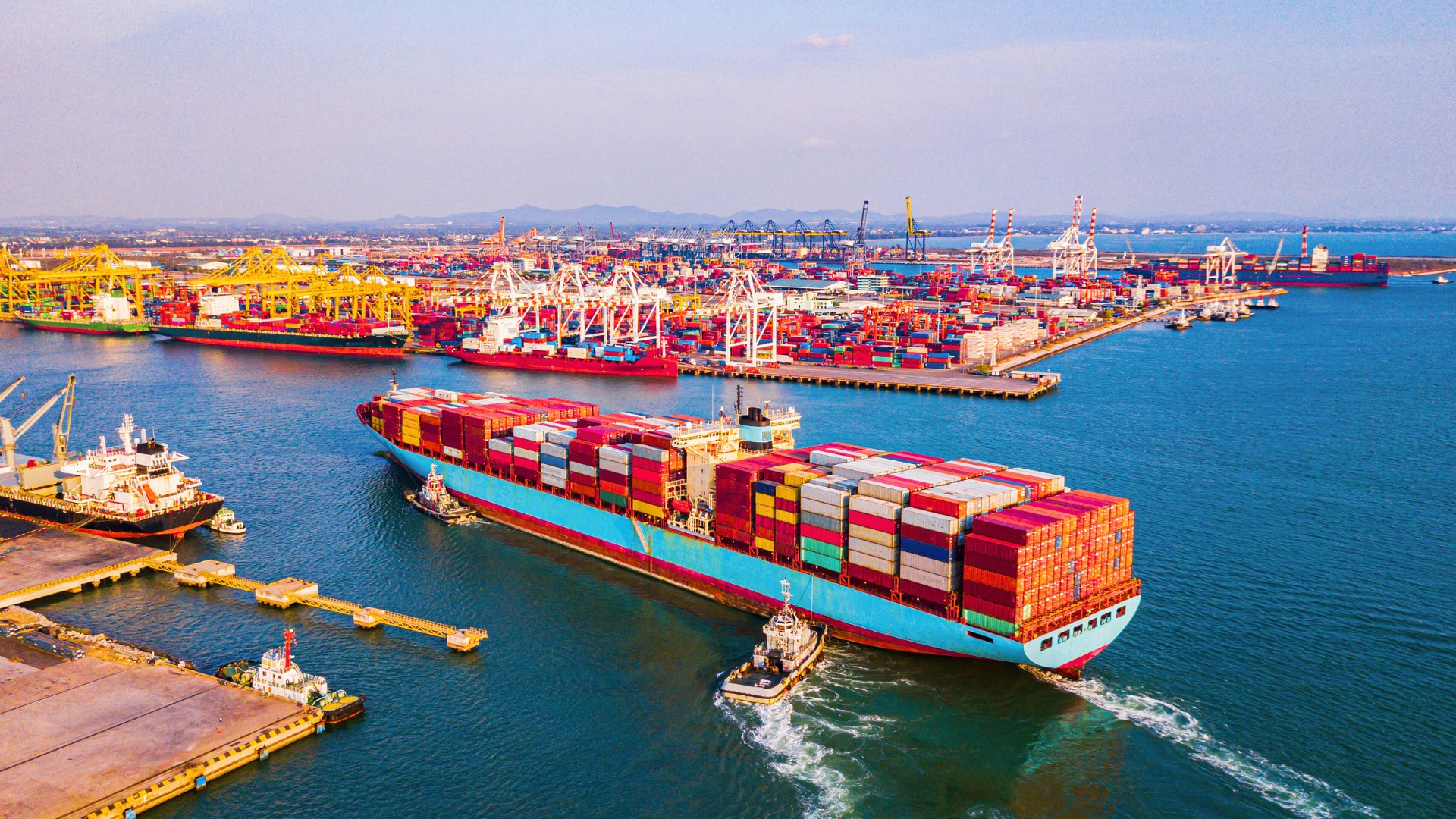
Three small words – Made in China – can determine whether your shipment clears U.S. Customs or sits idle at port. What may seem like a formality is, in reality, a critical compliance requirement enforced by U.S. Customs and Border Protection (CBP). One misstep can trigger delays, fines, and reputational damage with retailers and distributors.
For importers, country-of-origin labeling is more than checking a box. It’s a safeguard that keeps products flowing smoothly from the factory floor to customers’ hands.
Why the Label Exists
Every product imported into the United States must clearly display its country of origin. These country of origin labeling requirements are not optional. They exist to provide consumers with transparency and to help authorities verify the legitimacy of imported goods.
Failure to comply can result in detaining products, financial penalties, or even return of goods to the sender. The stakes are high, especially for companies operating on tight supply chain timelines.
Who Is Responsible?
A common misconception is that the overseas factory will handle labeling. In reality, the importer of record is legally responsible. The factory may apply the labels, but only under your instruction. If a shipment is flagged for noncompliance, U.S. Customs holds the importer accountable, not the supplier.
This makes it critical to:
- Provide clear artwork and placement requirements upfront.
- Confirm factory execution before production begins.
- Treat labeling as an insurance policy that protects your shipment and brand reputation.
Label Placement and Permanency
Rules vary depending on the product type and material. Certain categories, such as textiles and electronics, have additional standards. A textile may require a sewn-in tag, while an electronic device may need a printed plate or durable adhesive. The one constant is that the label must be permanent and easy to read unless a specific exception applies.
Keep in mind that special cases do exist:
- Clothing tags must include fiber content and care instructions.
- Electronics may require labels that withstand heat or abrasion.
What Are the Basic Rules of Labeling?
Labeling seems simple, but U.S. law requires attention to detail. Here are the essentials:
- The marking must state “Made in China” in full. Abbreviations such as “PRC” or “CN” are not allowed.
- The label must be easy to read, permanent, and placed where the consumer can see it without effort.
- If the product is too small or impractical to mark, the packaging must display the label.
- If other geographic names appear on the product or packaging, the country of origin must be displayed nearby and in equal size so there is no confusion.
A concept called substantial transformation also comes into play. This is where the “Made in” vs. “Assembled in” label applies.
Mistakes That Cause Delays
Mistakes with labeling happen more often than you might expect. These are the most common:
- Using abbreviations rather than spelling out the country name
- Placing the label under plastic wrap or in a hidden spot that a consumer can’t easily see
- Failing to add a label to packaging when the product itself cannot be marked
- Assuming an exemption applies when it does not
Any of these missteps can halt a shipment, lead to costly relabeling, and frustrate distributors. Avoiding them is often as simple as creating a labeling checklist for your production team and confirming compliance before a shipment leaves port.
The Business Impact of Compliance
Compliance is not only about avoiding penalties. It plays a direct role in supply chain performance and brand reputation. Goods that meet U.S. labeling requirements move through customs more quickly, reducing delays and costs. Retailers also place greater trust in suppliers who demonstrate attention to detail, while consumers gain confidence in a brand that provides transparency. Conversely, shipments held up by improper labeling can damage credibility in the marketplace and create unnecessary expense.
How ITI Removes Risk
At ITI Manufacturing, we help customers avoid risks by guiding them through labeling compliance at every stage of production. We begin at the planning stage, ensuring artwork, format, and placement are approved before production starts. We coordinate directly with overseas factories to guarantee that labels are applied correctly and consistently. Our inspection teams verify that the markings meet U.S. requirements, minimizing the risk of surprises. We also coordinate with customs brokers to confirm documentation matches physical labels, so shipments clear quickly and without dispute. This proven process takes the guesswork out of compliance and provides peace of mind that every detail has been handled.
When Can You Skip the “Made in China” Label?
Exemptions to labeling requirements are rare, but they do exist. A product that undergoes substantial transformation in the United States may not require a Made in China label. For example, if imported parts are significantly changed and become part of a new finished product, the final item may be considered American-made. However, this determination rests with Customs, not the importer. Assuming an exemption applies without legal review is risky and can result in detention, fines, or rejection of goods.
Turning Compliance into Strategy
When viewed strategically, labeling is more than a regulatory requirement. Proper labeling speeds time-to-market, strengthens relationships with retailers, and reduces risk across the supply chain. By contrast, labeling mistakes cause costly disruptions and erode trust. Treating labeling as a proactive strategy rather than a reactive fix gives importers greater predictability and frees leadership teams to focus on growth instead of damage control.
Get Labeling Right the First Time
Getting labeling right is not complicated, but it does require discipline. Start early, verify often, and treat country of origin label requirements as a key part of your production plan. At ITI, we ensure that those three little words – Made in China – never become a barrier to market entry. Instead, they become one more sign that your supply chain is running smoothly and your business is built on a foundation of trust and transparency.
Contact ITI Manufacturing today to streamline compliance and keep your products moving.
FAQ: “Made in China” Label Requirements
Do I have to label every product?
Yes. Every imported product must display its country of origin unless it qualifies for a rare exemption under CBP rules.
Can I put the label on the packaging instead of the product?
Only if the product itself is too small or impractical to mark. Otherwise, the product must carry the label directly.
Can abbreviations like PRC or CN be used?
No. The law requires that “Made in China” be spelled out in full.
Who is responsible for compliance—the factory or the importer?
The importer of record is responsible. Customs will hold you accountable, not your supplier.
What are the consequences of getting it wrong?
Noncompliance can lead to shipment detention, fines, relabeling costs, or even the return of goods. These disruptions create delays and damage reputation.
How does ITI help?
We manage the entire process, from factory coordination and inspection to customs alignment so your shipments move without risk of costly labeling mistakes.
